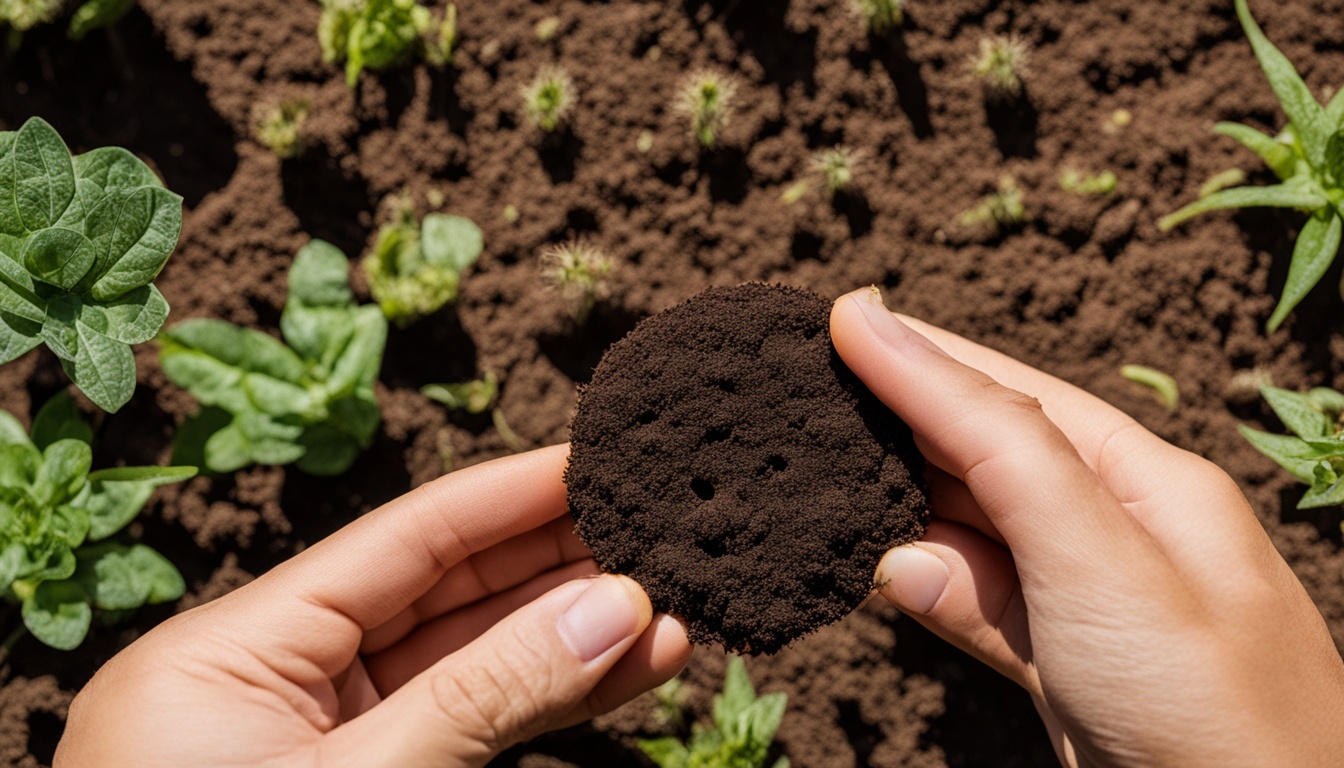Handicap Accessible Paths in Gardens: Create Effortless and Inclusive Outdoor Spaces

Handicap Accessible Paths in Gardens : Have you ever thought about making gardens accessible for everyone? Creating paths that wheelchair users can easily use is more than just helpful. It’s about making sure everyone feels welcome and happy in the garden. Making gardens inclusive is important for a better outdoor experience for all. Starting with universal garden access means planning carefully. Wide, stable paths and gentle slopes make gardens welcoming. These features help wheelchairs, strollers, and people who need more comfort while walking. Accessible gardens don’t have to look plain. In fact, making them inclusive can lead to more creative and beautiful designs. Paths that curve through flowers, raised planters, and places to rest make gardens beautiful and easy to get around. Looking into handicap accessible paths in gardens shows how small changes can make a big difference. Every detail, from the materials used to the path layout, is important. These details help make ou...


.jpg)




.jpg)

